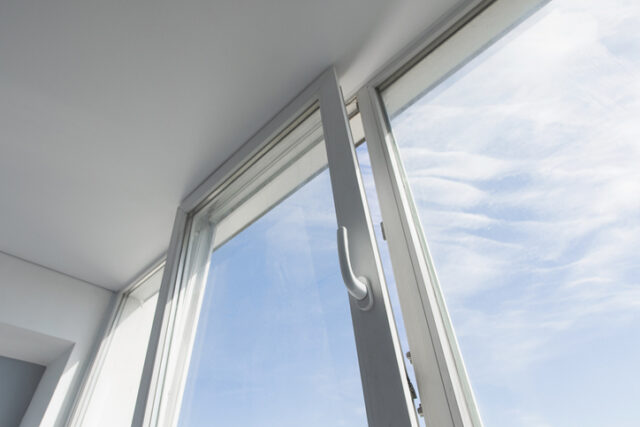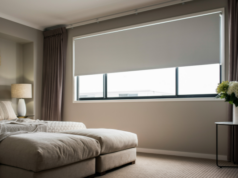
Tilt and turn windows are a versatile window style gaining popularity in Australian homes, particularly in urban and high‑density areas. They offer multiple opening functions combining the benefits of casement, hopper and fixed windows into a single unit.
What are tilt and turn windows?
Tilt and turn windows operate through a multi‑position handle mechanism. Depending on the handle’s position, the window can:
- Tilt inwards at the top: Provides secure ventilation while maintaining safety and security
- Swing open inwards: Functions like a casement window allowing for full ventilation and serving as an emergency exit
- Remain closed: When the handle is in the locked position the window is sealed
This design is particularly advantageous in spaces where external space is limited such as apartments or narrow urban lots.
Energy efficiency and weatherproofing
The multi‑point locking system of tilt and turn windows presses the sash tightly against the frame creating an airtight seal. This enhances thermal insulation, reduces noise infiltration and improves overall energy efficiency. Additionally, when equipped with continuous seals around the sash or frame these windows offer excellent weatherproofing effectively preventing water penetration and drafts.
Security and safety features
Tilt and turn windows are designed with security in mind. The inward opening mechanism makes it challenging for intruders to access the window from the outside. The multi‑point locking system further enhances security by distributing locking points along the frame. For multi‑storey buildings custodial safety locks are available to restrict window opening ensuring compliance with safety regulations.
Maintenance and cleaning
One of the key benefits of tilt and turn windows is the ease of cleaning. The inward opening design allows both sides of the window to be cleaned from inside the building eliminating the need for ladders or external access. Regular maintenance should include cleaning and lubricating the locking mechanisms to ensure smooth operation and longevity.
Considerations for installation
While tilt and turn windows offer numerous advantages there are considerations to keep in mind:
- Space requirements: The inward opening design requires sufficient interior space to allow the window to open fully
- Furniture placement: Ensure that furniture or other obstructions do not impede the window’s operation
- Cost: Tilt and turn windows may have a higher initial cost compared to traditional window styles but their durability and energy efficiency can offset this over time
Compliance with Australian standards
Tilt and turn windows must comply with the National Construction Code (NCC) and relevant Australian Standards. This includes ensuring proper installation to handle structural loads, appropriate weatherproofing and meeting energy efficiency requirements. It is essential to consult with a qualified professional to ensure compliance with all applicable regulations.





